




Summer entertaining season provides ample opportunities to soak up some sun and have some fun with family and friends. Backyard barbecues and other get-togethers at home are even more fun when hosts ensure they have certain must-have items for summer soirees.





The days when summer hosts only needed a few extra lawn chairs and some burgers and hot dogs on the grill for a backyard barbecue are long gone. Though those items still have a place at backyard barbecues, summer parties have taken a step up. Fire features, whether it’s a standalone fire pit, one built into a patio or a gas-powered fire table, are now wildly popular. Fire features provide a welcome place to relax and converse with guests after the sun goes down. And much to kids’ delight, a fire feature also paves the way for some post-meal s’mores.
Coolers are great places to store water, soda, beer, seltzers, and other popular beverages. But what about wine?
An insulated wine cooler ensures wine stays properly cooled but doesn’t get too
cold, which can happen when wine is stored in a more traditional cooler filled with ice. Bottles are simply placed in the insulated cooler (much like canned beverages slide easily into can koozies), and the bottle can be kept on the table much like you would for formal dinners indoors. Hosts can go the extra mile by pairing insulated wine tumblers with their wine cooler.










Summer entertaining season might be all about relaxation, but games can up the fun factor at backyard gatherings. Cornhole is a wildly popular game, and customized cornhole boards can help hosts come across as party professionals. Ladder toss, bocce and wiffle ball are some additional games that can make the festivities more fun. Hosts who don’t have a pool also can invest in an inflatable pool big enough to fit all the kids who will be coming to the party.



Hosts can save themselves the stress and effort of walking in and out for dinnerware and other table accessories by investing in a sturdy outdoor storage cabinet. As meal time draws near, hosts will appreci-
ate that all the plates, napkins, utensils, and placemats are already outside. The top of the storage cabinet can double as a small but convenient buffet station for sides that aren’t being cooked over an open flame.





A projector and screen can really up the ante on summer entertaining, turning a back-

yard barbecue into a great place to watch a game or cuddle up after dinner for a movie night under the stars. Projectors and screens won’t bust the budget, but those who have more to spend may want to consider an outdoor television. Outdoor televisions are built to handle the glare of the summer sun, but a retractable awning may be a good safety net for
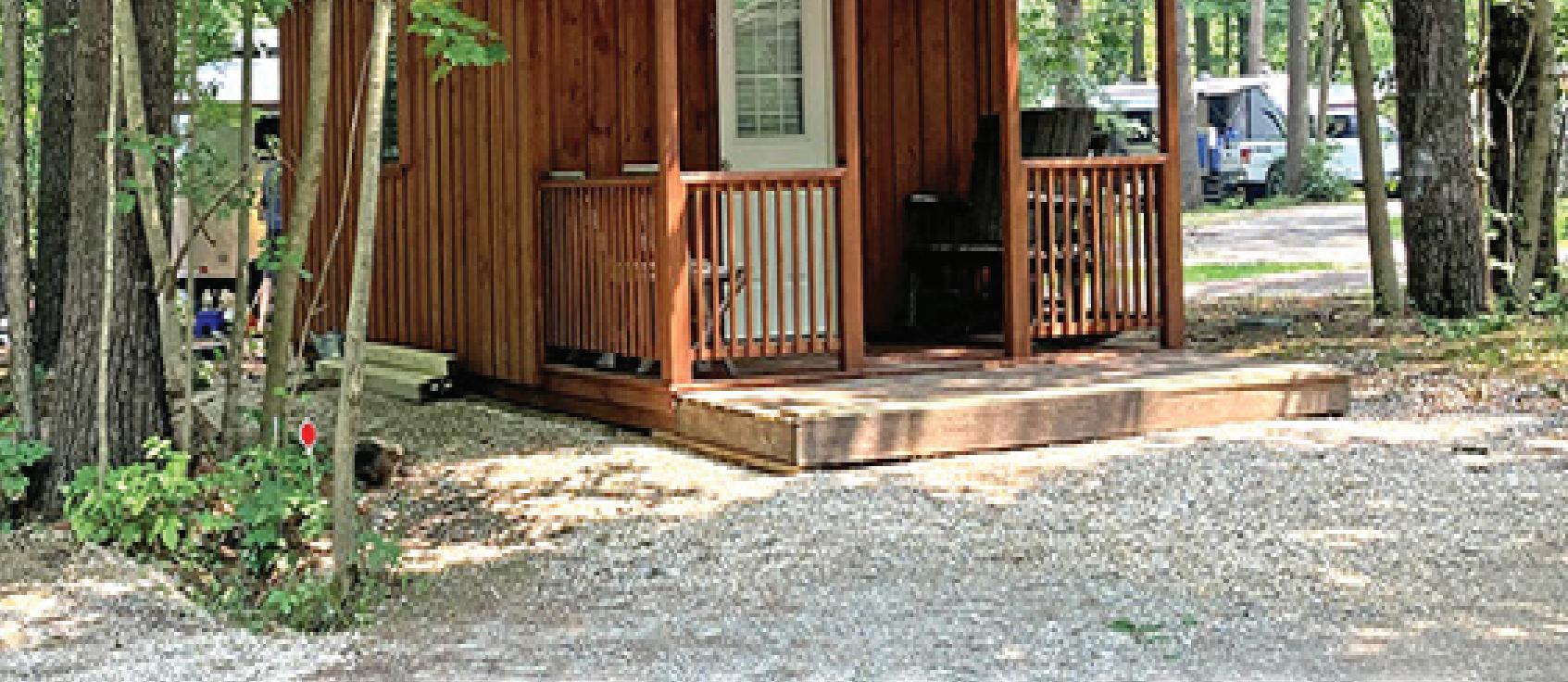
hosts who plan to spend many a weekend afternoon outside watching games or movies with family and friends. These are just a handful of items that can up the ante on traditional backyard barbecues. Homeowners should know that there’s no limit to the number of items that can make summer entertaining season more special.


Summer is a season of relaxation when school is not in session, vacation season is in full swing and people everywhere are getting outside and soaking up the summer sun. It’s hard to imagine how that can get any better. But it can for people thinking of installing a pool in their backyard.
Pools definitely have a wow factor that’s hard to replicate. Homeowners considering pool installation can take note of these factors as they try to decide if a pool is right for them.


The cost to install a pool depends on a host of factors, including which type of pool homeowners are considering and where they live. According to the online home improvement resource Angi (formerly Angie’s list), the average cost to install an above ground pool in the United States in 2022 was $3,322, while the average inground pool installation in the same year was $55,000. That’s quite a disparity in price, and homeowners should know that the average cost of each project is higher in certain regions and under certain circumstances. Potential ancillary costs, such as excavation and plumbing relocation, will add to the final cost of the project. The erection of fencing around the pool if no fencing currently surrounds the area where the pool will be located also will add to the final cost.

As noted, above ground pools, on average, require a considerably smaller financial investment than inground pools. This is an important consideration, but which option may ultimately prove the better investment is worth researching. Homeowners can speak with a lo-
cal real estate professional to determine if an inground pool or above ground might yield a significantly higher return at resale. If an inground pool is likely to increase property value by a substantial amount, it could be well worth the extra upfront costs.
Pools are undeniably fun, but they still require maintenance. The experts at Better Homes & Gardens note that vinyl liners in pools last approximately six to 10 years, while painted concrete may require a fresh coat of paint every five years. Plaster finishes may last as long as 15 years, while cement-coated products can last a lifetime. Pools also need periodic cleaning, and chemicals to keep the pool operating safely and cleanly will require an additional, if somewhat minimal, financial investment.
Homeowners investing in a new pool should be aware of the maintenance required to keep the pool clean and be willing to do that maintenance. And though home-

owners typically can open and close pools on their own, it’s also possible to hire someone to do it for a relatively small fee each season.


A survey of the land in a yard can reveal how smoothly a pool installation may or may not go. Though it’s possible to install a pool in just about any yard, some spaces might require greater preparation and pre-installation effort than
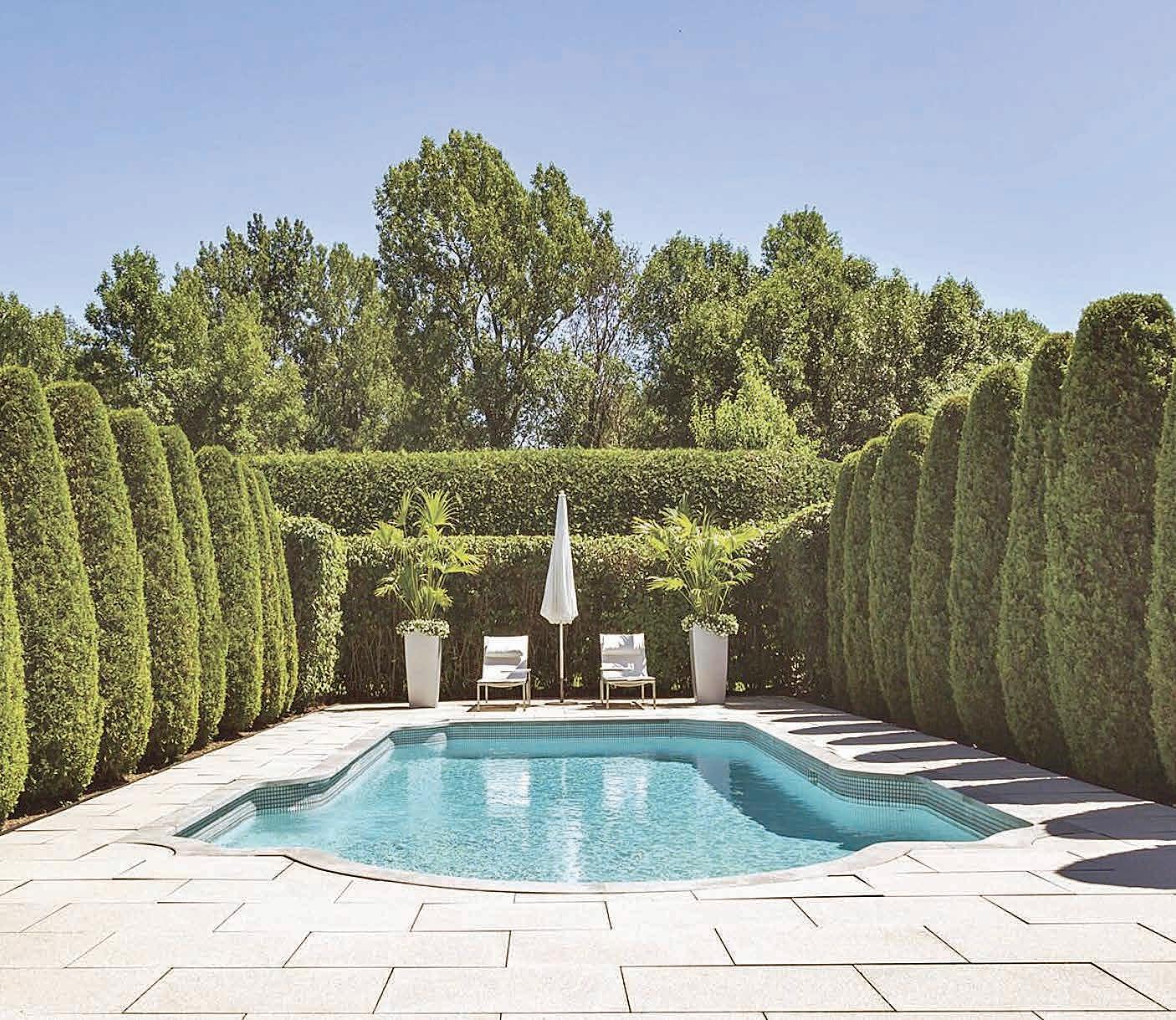
DON’T EVEN BOTHER… HE COMPOSTS WITH TOMMY’S NOW NO! NOT ANOTHER ONE!!

others. Sloped backyards, for example, may require the services of a landscape architect to prepare the space, which can extend the time it takes to complete the project and add the overall cost.
These are just some of the

factors that merit consideration when mulling a pool installation. A homeowners’ best resource might be a local pool company who can visit a home, provide an estimate and point out any challenges that may arise during the install.
Your Choice of Trex Select in Pebble Grey or Saddle Trex Transcend Island Mist , are in stock and ready for free deliver y. Many new Trex color are now available, With shor t lead times. Stop down and check out your new deck Ask for Paul or Pat for deck planning.


Not Ready for a Trex deck Check out our Larch decking, Mahogany and Premium Pressure Treated decking. Trex & Barrett Outdoor Living, Railing systems are in stock Have them included in your new deck layout 24 Warren Terrace , Pittsfield Design Center -519 South Street , Pittsfield 413-4 42-6916


" We asked the comp an y t o do a major exp ansion o f our scr eened por ch so that it mor e than doubled in size and functioned as a thr ee-season r oom. The final pr oduct c ame out e v en be t t er than w e ha d anticip at ed.

















































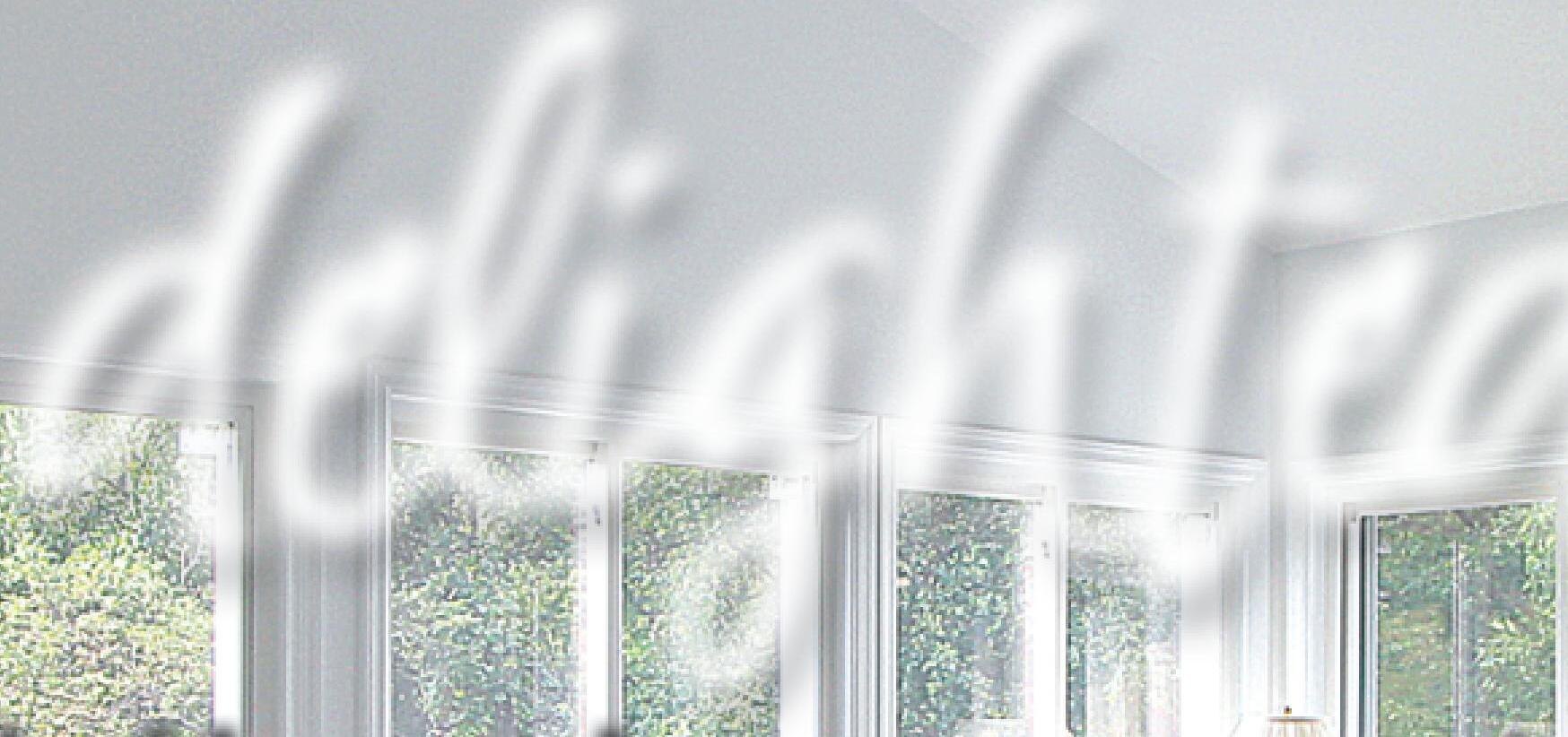









Our thanks t o St e v e Morrison and e v ery one in v olv ed in bringing this pr oject t o comple tion. This thr ee-season r oom will giv e our family man y y ear s o f pleasur e and has a dded value t o our home."





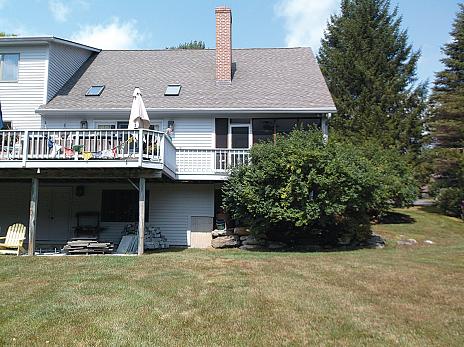

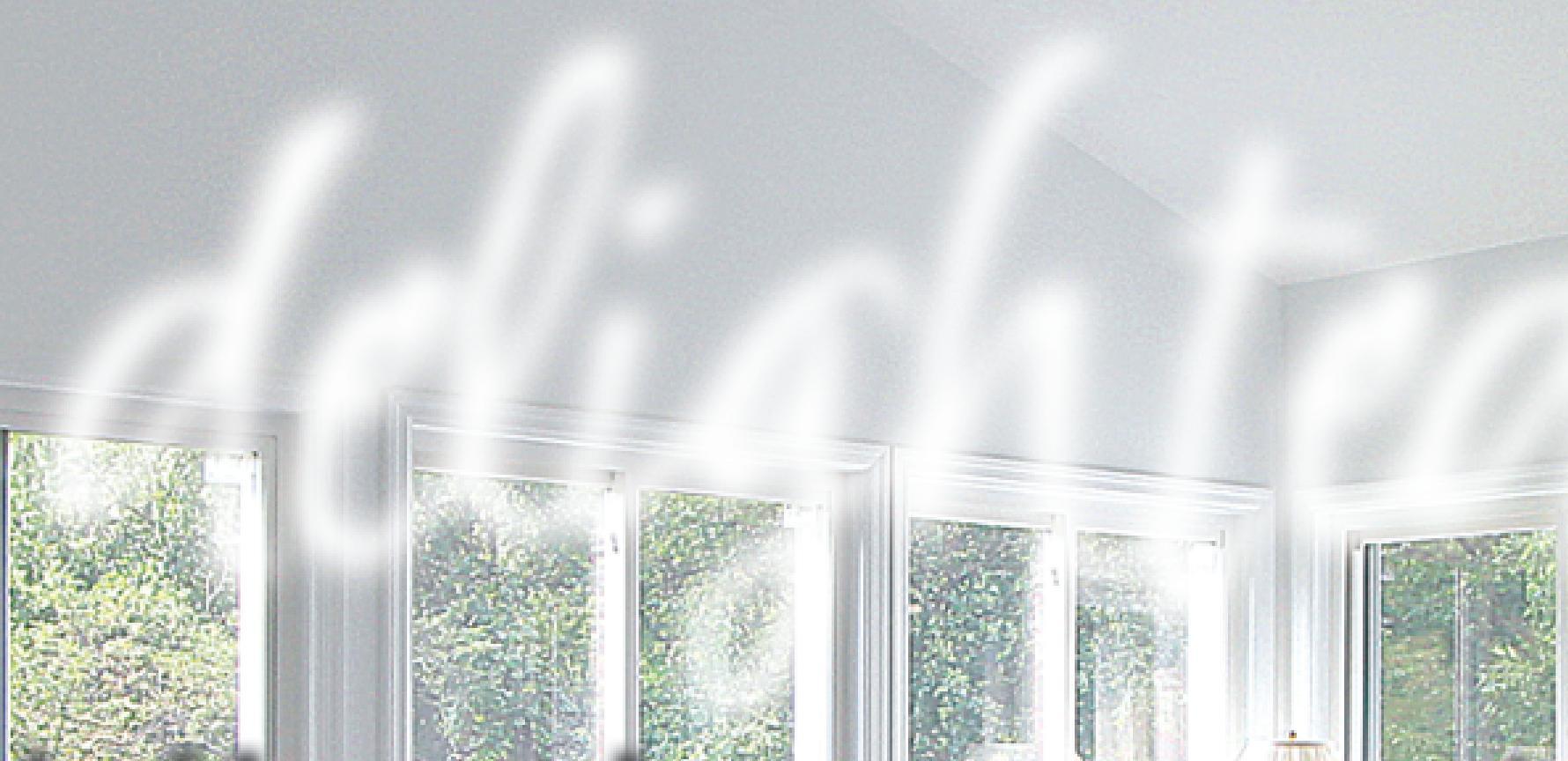



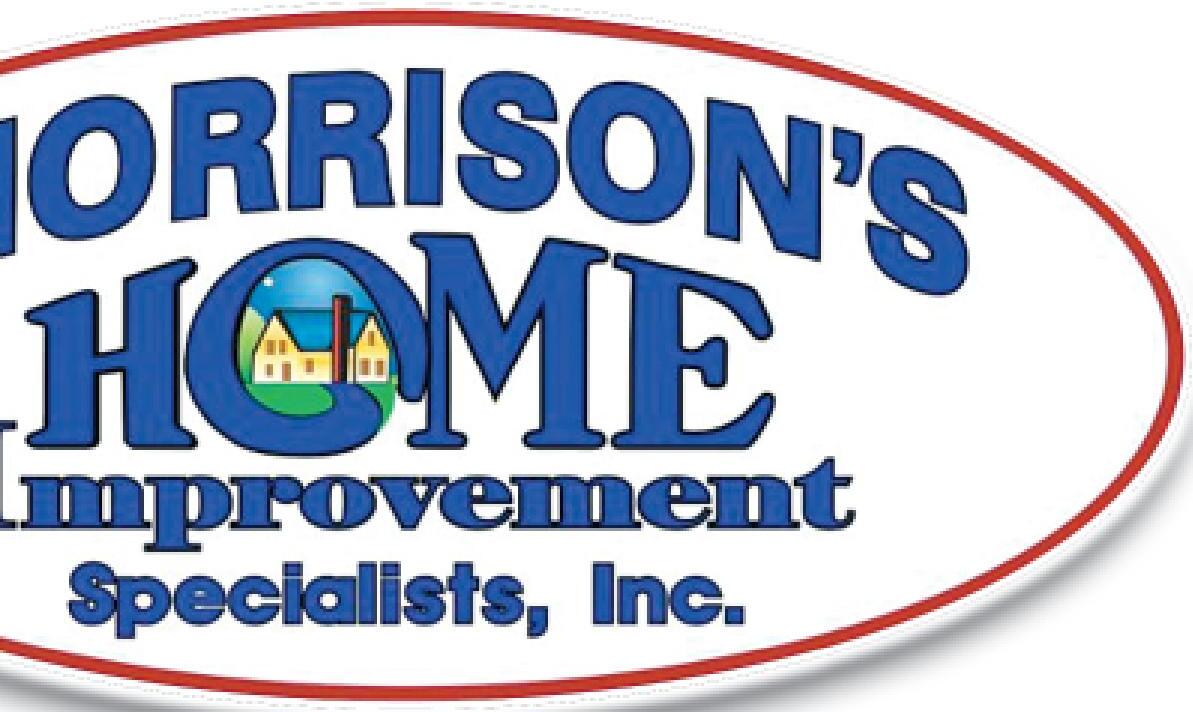

We are with Morriso n's Home Impr o v emen t n's Home s Before After MHIS Proudly Suppor ts BEST CONTRACTOR BEST CONTRA C T OR T OR
7 YEARS IN A ROW !
VOTED BEST OF THE BERKSHIRES VIEW MORE TESTIMONIALS ONLINE AT: WWW .M ORR ISON SHOMEIMPRO VEMENT.COM
25 Pi tt sfi el d Ro ad , (Ro ut e 7) Le no x, MA • (4 13 ) 44 2-3 00 1 FULLY LICENSED AND INSURED: MA HIC. #131832 / MA CSL #CS-051405


Water is essential to cleaning, but it can be an even more powerful asset when there is great force behind it. This is the concept behind pressure washers, which are tools that spray water at high pressure in order to clean an assortment of surfaces.
Pressure washers are typically used to clean siding, farm equipment, industrial machinery, concrete patios, and much more. The power behind pressure washers can cause injury. In fact, the Centers for Disease Control and Prevention says pressure washers can cause of a host of injuries, including:
· The strong spray can cause serious wounds. High-pressured water can cut through flesh.

· The fast, strong spray can strike objects and toss them powerfully into others who are close by.
· Electric shock may occur if the pressure washer is not used properly.
· The force from the washer can knock a person off balance,
whether operating the tool on the ground or while on a ladder. In most cases, injuries due to pressure washer usage are entirely preventable. Those who plan to use pressure washers should always do so with safety in mind. Here are some precautions to take.
· Identify potential hazards. Identify potential hazards with each different surface before beginning the job. Weather, personal fatigue, slippery surfaces and nearby electrical hazards can increase injury risk.
· Read the manual so you fully understand how to operate the washer. Read the instruction manual and practice using the tool before you put it to use on the task at hand. Learn how to operate the machine and all accessories. Figure out how to shut it off in a hurry. Determine if it is safe to use an extension cord on an electric model.
· Wear protective gear. Closed-toe shoes are a must because the water spray can cause lacerations. Be sure the shoes
are non-slip or work boots. Fulllength pants and a long-sleeved shirt can protect users from flying debris. Wear eye protection whenever operating the washer. OSHA guidelines recommend a full face shield for water pressure higher than 2,000 psi to avoid eye or head injury. Waterproof gloves also are wise to provide better grip. Ear protection for a gas-powered pressure washer can protect against hearing loss. · Start off with the widest spray. Pressure washers often include various nozzles or nozzle settings that may range from a 65-degree mist to a zero-degree pinpoint jet. Most people never need to use the most intense jet sprays. Begin washing with the widest angle spray tip, from around two feet away, to test cleaning capabilities, and adjust nozzle and distance as necessary, according to PressureWasher.com Pressure washers help clean any number of surfaces. Safety must always be the top priority when using these potentially dangerous machines.



Plants can be beautiful additions to a home and provide a natural way to filter interior air. Many homeowners prefer to enhance their spaces with greenery and various flowers. Though that’s a great way to design a home’s interior, pet owners must exercise caution with plants to safeguard their furry friends.

Adults understand that they may need to wash their hands after handling certain types of plants, and that it can be unsafe to consume them. Children are instructed by their parents to do the same. Even though many pets can be trained to steer clear of certain dangers, their natural propensity to gnaw on various items out of curiosity or even boredom may entice them to investigate plants.
Some plants are more dangerous than others. According to the Farmer’s Almanac, more than 700 indoor/ outdoor plants contain toxic substances that are not safe for cats and dogs. Learning about common plants and their hazards can help keep pets safe. The following are some plants that are toxic to cats and dogs, courtesy of the ASPCA.
· Adam and Eve (Arum, Starch Root): This plant can cause oral irritation, pain and swelling of the mouth, tongue and lips, excessive drooling, and difficulty swallowing.
· Aloe vera: While the gel is considered edible, the rest of the plant may cause lethargy, diarrhea and vomiting.
· Amaryllis: There are many different types of amaryllis, and most will cause vomiting, depression, diarrhea, abdominal pain, hypersalivation, and tremors in cats and dogs.
· Azalea: These plants of the rhododendron family cause vomiting, diarrhea, weakness, and potential cardiac failure.
· Begonia: The most toxic part of this plant is underground. Still, it may cause vomiting and salivation in dogs and cats.
· California ivy: The foliage is more toxic than the berries, and could contribute to vomiting, abdominal pain, hypersalivation, and diarrhea.
· Clematis: Salivation, vomiting and diarrhea are common if the plant is ingested.
· Daisy (and other chrysanthemum species): Dermatitis, vomiting, diarrhea,
hypersalivation, and incoordination may occur.



· Elephant ears: This plant may cause oral irritation, pain and swelling of the mouth, tongue and lips, excessive drooling, and difficulty swallowing.
· Foxglove: This may cause cardiac arrythmia, vomiting, diarrhea, weakness, cardiac failure, and death.
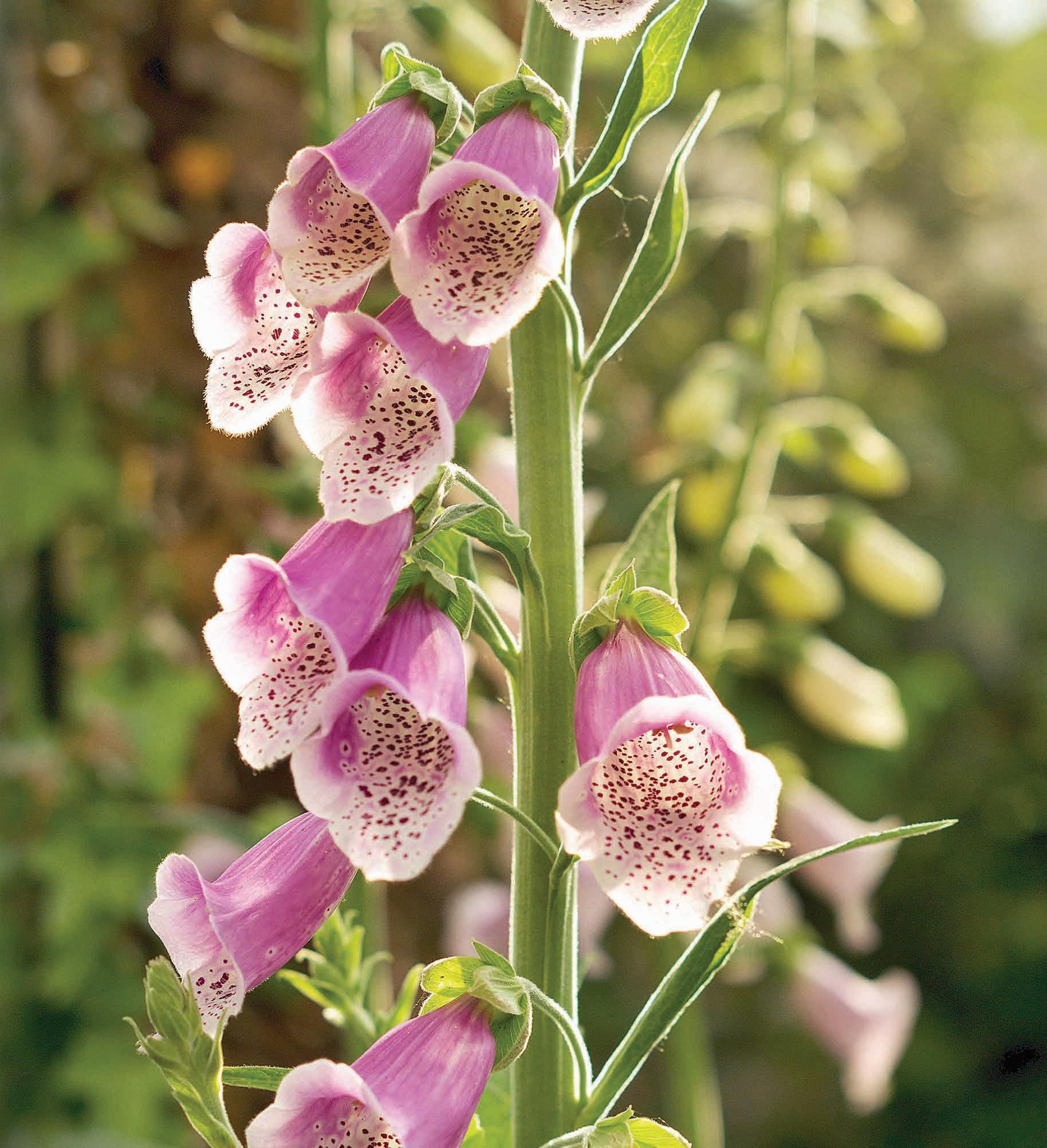
· Geranium: Ingesting geranium may lead to depression, dermatitis and vomiting.
· Holly: Vomiting, diarrhea

and depression may occur. However, leaves and berries are low toxicity.
· Mother of millions: This succulent could cause vomiting, diarrhea, and, in rare instances, abnormal heart rhythm.
· Philodendron: Oral irritation, pain and swelling of the mouth, tongue and lips, excessive drooling, vomiting, and difficulty swallowing could occur.
· Sago palm: The Sago palm can cause vomiting,
increased thirst, hemorrhagic gastroenteritis, bruising, coagulopathy, liver damage, liver failure, and death.
· Snake plant: Nausea, vomiting and diarrhea could occur if pets ingest this plant. For a complete list of plants that can be toxic to cats, dogs and horses, visit www.aspca.org. Those who suspect their pets may have ingested a potentially toxic substance should call their local veterinarians as soon as possible or the ASPCA at (888) 426-4435.
Backyards have long been places to unwind and enjoy some peace and quiet surrounded by nature.
Thanks in part to financial instability brought on by rising inflation and measures to tame it, homeowners may decide to forgo traditional vacations in favor of staying home this season. There’s no better time to invest in a home, particularly outdoor spaces, to make them welcoming respites. The following are some ways to accomplish that goal.

The sound of trickling or bubbling water can make surroundings more serene. A low-maintenance water feature can help to create a calming ambiance. A fountain that does not require a collection pond will reduce the chance it becomes a breeding ground for mosquitoes. Locating the fountain out of the sun can keep algae growth at a minimum.
Outdoor lighting options include professionally installed, hardwired lights on the home itself or accent lighting that draws attention to trees or architectural structures on the property. It also may include twinkling lights, which some consider a must-have for any outdoor retreat. Lights come in all types and price points. Hang them on porches, pergolas or cement posts inside decorative planters and then string lights between the posts. This way the lighting can be moved around as desired.
A comfortable outdoor loveseat or chairs may be a focal point of the yard, but build in some additional cozy spots specifically for lounging around. Nestle a hammock in a quiet corner of the yard, or enhance a chaise lounge with


throw pillows and a large umbrella for napping poolside.
Plants can transform any space. Use a combination of planted varieties around the yard, then enhance certain areas with potted plants as needed. Plants can make an area more warm and inviting, plus they give butterflies, bees and hummingbirds places to stop by and visit. Consider the help of a professional landscaper to bring a vision of a lush, plant-filled retreat to life.

With some unique landscape architecture, the pool or hot tub can be built right into the landscape, making it a cohesive part of the design. This can make the yard seem even more like an oasis, especially when the pool is flanked by a waterfall or bubbling fountain.

Thanks to wireless speakers that rely on Bluetooth technology, it’s easy to have music piped right into the backyard. Set up a wireless speaker in an inconspicu-
ous spot, such as inside a planter or in the rafters of a gazebo.

Turning a backyard into an oasis can provide the respite many people look for on their properties.
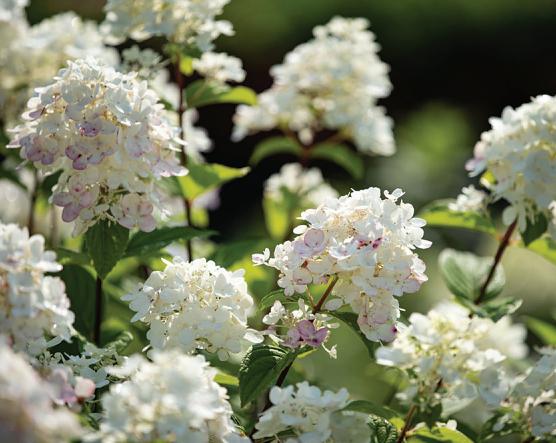
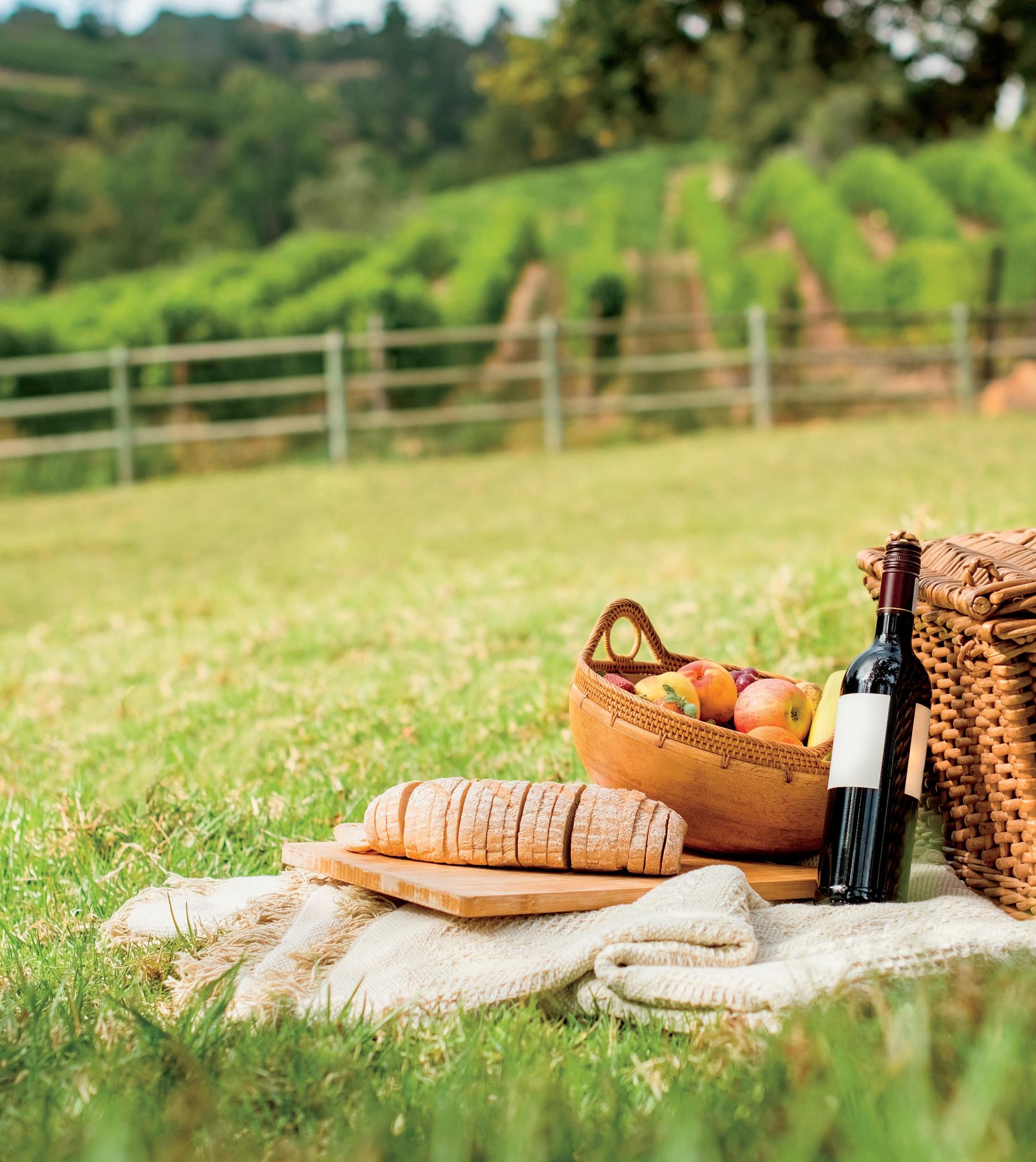








Plenty of people can be found working their grilling magic year-round. But the vast majority of people do the bulk of their grilling over the summer, when warm temperatures contribute to a relaxed atmosphere that makes outdoor cooking and dining that much more appealing.
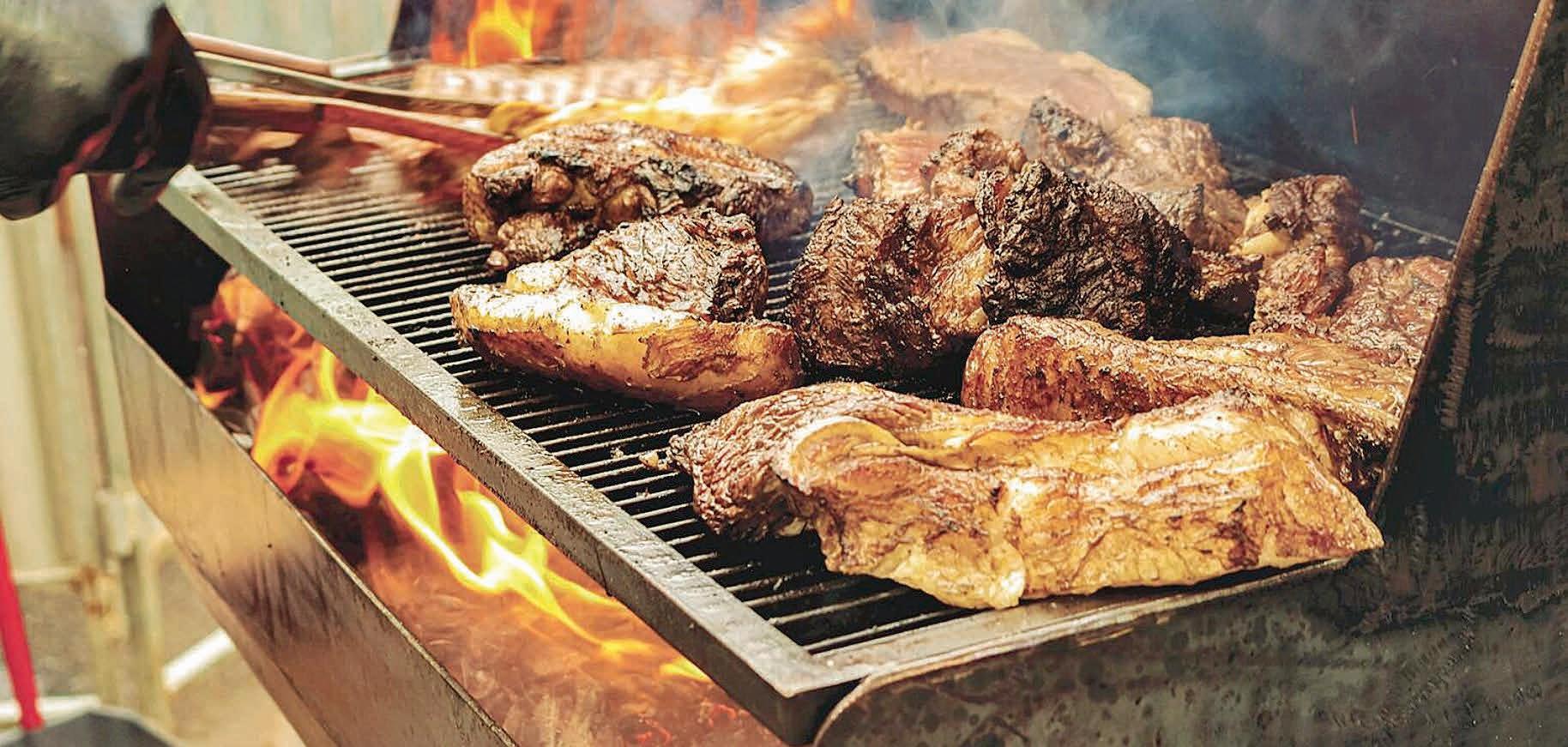
The relaxing nature of summer can make it easy to overlook safety, particularly when grilling. However, the right safety measures when cooking over an open flame can prevent home fires and other accidents that can cause injury and even death. In recognition of the many things that can go wrong when grilling, the Federal Emergency Management Agency and the U.S. Fire Administration offer these simple fire safety tips that every grillmaster can keep in mind as summer grilling season hits full swing.
· Only use a grill outside. Grills should never be used indoors, and that in-

cludes in garages with the doors open. Before lighting a flame, make sure the grill is at least three feet from siding, deck rails and eaves.
· Establish a safe zone around the grill. A threefoot safe zone around the grill can decrease the likelihood that pets will run into and potentially tip over the grill.
Kids can be taught to respect this zone as well so they avoid being burned.
· Open a gas grill before lighting it. Charcoal grills, hybrid grills and smokers cannot be lit unless the lid is lifted. That isn’t the case with gas grills, but gas grills should never be lit with the lid closed. If a gas grill is lit with its lid

closed, gas can build up inside and that could cause an explosion. Even if there’s some summer rain falling, open the lid on a gas grill before turning the ignition switch.
· Keep an eye on the grill at all times. It’s tempting to walk away from a grill while food is cooking, but someone should always be tasked with
staying close to the grill. If cooks must walk away, ask another adult to stay close to the grill until you return. All it takes is a few seconds for a fire to start.
· Clean the grill regularly. Regular cleaning of the grill is both healthy and safe. Cleaning helps to ensure the cooking surface is clean and unlikely to cause food poisoning. But a grease-free grill also poses less of a fire hazard than one that hasn’t been cleaned.
· Let coals cool before discarding them. Coals from the grill should be given ample time to cool before they’re removed from the grill and discarded.
· Remember to turn the gas valve to the off position after cooking. When cooking with gas grills, cooks must remember to turn the valve to the off position once all the food has been cooked. Simple safety measures can ensure summer grilling season goes off without a hitch.









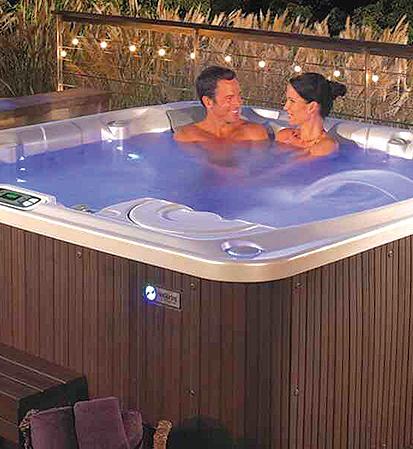





At Trex®, the #1 brand in outdoor living, we believe that a deck is more than just a deck. It’s a place to be enjoyed with the people that matter most - not sanded, stained and sealed. And you can feel good knowing that our high-performing, low-maintenance decking is made from 95% recycled materials and comes backed by a 25-year warranty. At Trex, we see it too. To learn more, visit....














